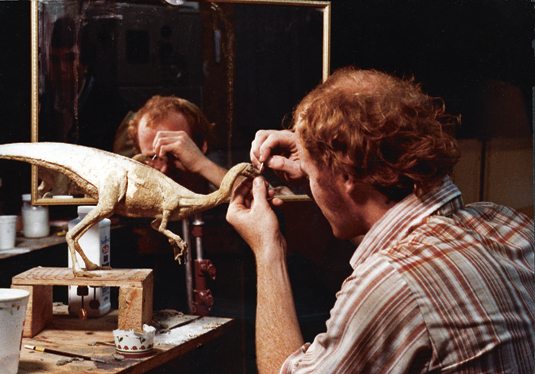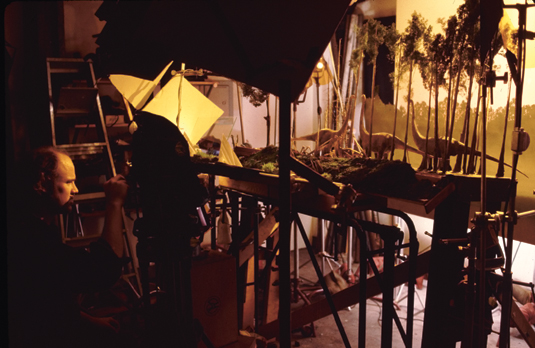Jurassic Park artist on how to create great VFX
VFX legend and founder of Tippett Studio, Phil Tippett talks about his creative philosophy and advice for being a better artist.

There's a sculptor called Ken Price, and he once said, "A craftsman knows what he's going to make and an artist doesn't know what he’s going to make, or what the finished product is going to look like."
In visual effects, the challenge is finding that balance. There's a danger of becoming hyper-focused on what's 'wrong' with a picture, and that's death for an artist. Working on Star Wars and Robocop, we never thought much about what was wrong with a shot. We just thought about how to make it better.
My advice is to be subversive, have faith in your crew, and understand that audiences just want to be amazed. If you can embrace the childlike ability to want to be amazed, to pick a crew of people you believe in and give them guidelines, and then be excited about seeing where they go with it, you start to really understand how filmmaking is a creative process instead of a colour-by-numbers.

That's why, whenever possible, I prefer to work with real objects. That's what appeals to me about stop-motion animation. When you're photographically documenting something rather than artificially reconstructing it with a computer, it's a representation of a real thing, not a virtual thing.
As opposed to working from an intention towards an objective, a real object tells you a lot about what it wants to be. Things can change and evolve. The best directors and artists and supervisors understand this. Working with a team like that, it's like being invited in to play.

Words: Phil Tippett
Phil Tippett is a movie director and VFX supervisor and producer who specialises in creature design and character animation. He has worked on projects from Star Wars to Jurassic Park, winning numerous awards along the way. This article originally appeared in 3D World issue 184.
Daily design news, reviews, how-tos and more, as picked by the editors.

The Creative Bloq team is made up of a group of art and design enthusiasts, and has changed and evolved since Creative Bloq began back in 2012. The current website team consists of eight full-time members of staff: Editor Georgia Coggan, Deputy Editor Rosie Hilder, Ecommerce Editor Beren Neale, Senior News Editor Daniel Piper, Editor, Digital Art and 3D Ian Dean, Tech Reviews Editor Erlingur Einarsson, Ecommerce Writer Beth Nicholls and Staff Writer Natalie Fear, as well as a roster of freelancers from around the world. The ImagineFX magazine team also pitch in, ensuring that content from leading digital art publication ImagineFX is represented on Creative Bloq.
